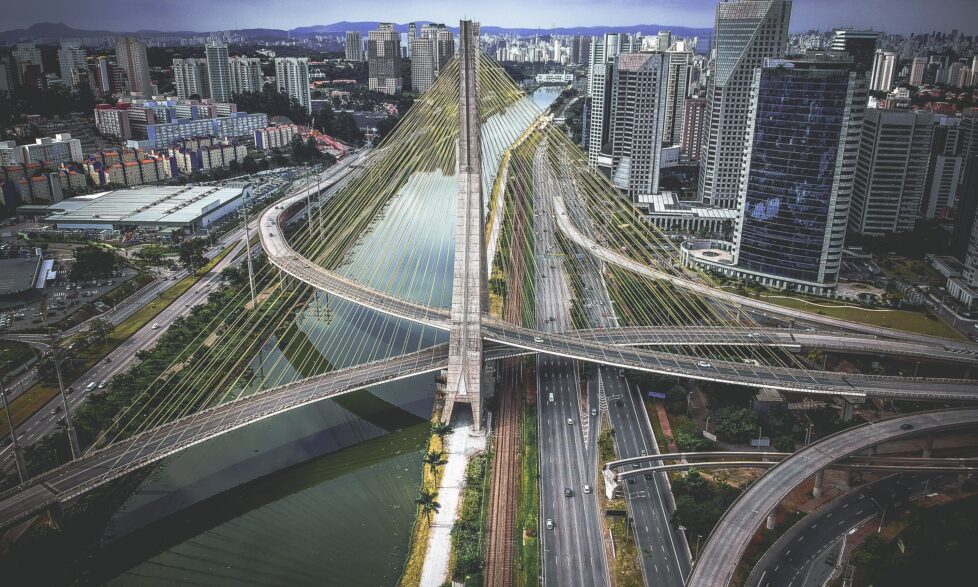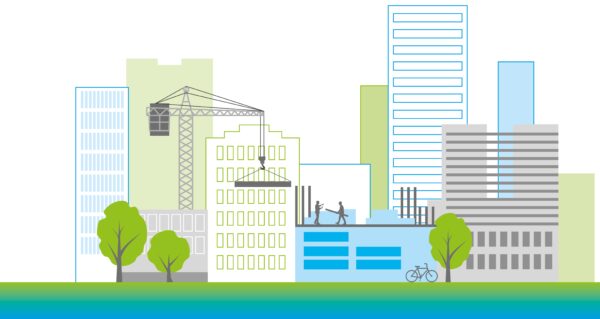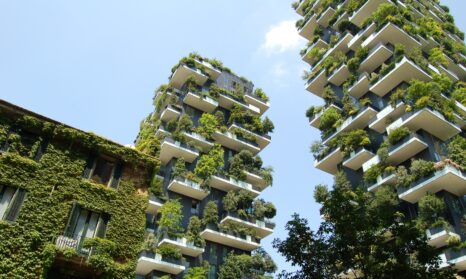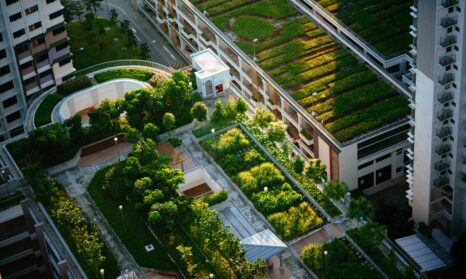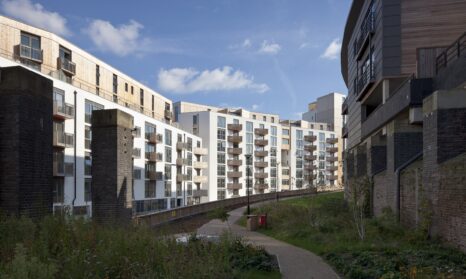Which construction and property companies are nailing the SDGs?
The UN’s Sustainable Development Goals, launched in September 2015, were agreed in 2015 by more than 190 governments with the aim to end poverty, protect the planet and ensure prosperity for all.
Business interest in the SDGs has been high since their launch, with the retail sector probably furthest ahead. Most CEOs in the business community have now heard of them – and according to one study, 71% of CEOs have started to plan how they will respond to them. For some companies, the SDGs have become central to their sustainability discussion.
State of play for construction and property companies
Compared to other sectors, we’ve found that the uptake hasn’t been as swift among construction and property companies. But a few companies have clearly noticed the opportunities the SDGs present, and are acting accordingly.
These companies feature as some of the ‘sector leaders’ in our new guide to the SDGs for the built environment: Build a better future: the built environment and the Sustainable Development Goals.
They have noticed that the goals don’t just make environmental sense, they also make business sense. We explain more about this business case in our new guide, as well as share why they matter, and how they relate to the built environment sector. We also provide some practical tips on how to get started.
Build a better future: the built environment and the Sustainable Development Goals
Built environment companies are struggling to get to grips with the Sustainable Development Goals. So we've created an easy-to-digest guide with practical advice on how to get started. Let's build a better future together
Download PDFThe SDGs supporters
- Ramboll incorporated the SDGs into the development of its 2017-20 group strategy ‘Winning Together.’
- Cundall has reviewed the SDGs and mapped its business impact against them as part of a major review of its long-term sustainability goals. The review included asking staff and key clients what they thought its future priorities should be.
- BAM Construct UK has assessed its sustainability strategy against the SDGs, mapping current and future activities against six of the Goals where it decided it could have most impact.
- Siemens has made Goal 11 on Sustainable Cities and Communities central to its sustainability strategy. It focuses on helping create smart cities – using smart tech to help cut carbon, increase resilience and improve quality of life.
- Rockwool produced a new sustainability report in 2015 in which one of its three basic principles was that its products should deliver against the SDGs. Key to this, its CEO Jens Biergersson says, is integrating circular economy principles into all its activities.
- ARUP’s 2016/17 sustainability report says the SDGs “provide a structure that enable us to identify the issues on which each of our projects can have the greatest impact.” The report demonstrates the SDGs it is responding to.
It’s also great to see that the Building Research Establishment (BRE) has mapped the SDGs against the BREEAM standards and created a graphic for download. It plans to evolve the BREEAM family of standards and tools so that they enable significant contributions towards meeting the SDGs.
Get started on the SDGs
In her latest blog, our CEO Sue Riddlestone calls for the built environment sector to play its essential role in delivering on our climate change targets and making it easy to live and work in a sustainable way.
Get started on building a better future by downloading our new guide today!
Are you using the SDGs? Let us know on Twitter using #ImWithTheSDGs. See which other companies made pledges to use the goals at ecobuild 2018.




